

_side_view.jpg)

Morwenna Catt
Location: Bradford, West Yorkshire
How would you describe your art? Authentic
Currently working on: stitched canvas work for exhibition, a commission project for a library
Day job: Part time lecturer in college
3 Likes: endless cups of tea, my cat, seeing a surprise badger in the countryside
3 Dislikes: getting up on dark, early mornings / cracked earth / art openings
Daily Inspirations: friends, optimistic people, sunshine, radio, blogs, films, books, conversations overheard, lots of things
People & artists you admire: Friends, people who do incredibly brave things for just causes, artists like Annette Messager, Louise Bourgeois, Christian Boltanski, Francesca Woodman, the Chapmans, Will Self, Powell & Pressburger, Peter Greenaway, Derek Jarman, too many to list.
Favourite album(s) to listen to when working: I listen to Radio 4 mostly when I’m working because you can zone in and out at will. If I do listen to an album it’s something like Superwolf – Bonnie Prince Billy, Grinderman, anything involving Jack White or at the other extreme my Disco fever compilation or a bit of Abba.
Location: Bradford, West Yorkshire
How would you describe your art? Authentic
Currently working on: stitched canvas work for exhibition, a commission project for a library
Day job: Part time lecturer in college
3 Likes: endless cups of tea, my cat, seeing a surprise badger in the countryside
3 Dislikes: getting up on dark, early mornings / cracked earth / art openings
Daily Inspirations: friends, optimistic people, sunshine, radio, blogs, films, books, conversations overheard, lots of things
People & artists you admire: Friends, people who do incredibly brave things for just causes, artists like Annette Messager, Louise Bourgeois, Christian Boltanski, Francesca Woodman, the Chapmans, Will Self, Powell & Pressburger, Peter Greenaway, Derek Jarman, too many to list.
Favourite album(s) to listen to when working: I listen to Radio 4 mostly when I’m working because you can zone in and out at will. If I do listen to an album it’s something like Superwolf – Bonnie Prince Billy, Grinderman, anything involving Jack White or at the other extreme my Disco fever compilation or a bit of Abba.
Hi Morwenna, What are you up to at the moment?
Hi, I have 3 shows in the next few months so I’m working towards those. I’m painting and working on some 2D stitched canvasses which are an extension of my recent 3D textile sculptures and drawings. I’m fitting that in around a commissioned work for a library, community projects and my teaching.
First things first I guess I’d like to ask about the sorts of stuff you like; what images keep you company in your studio / place(s) of work?
We’ve just moved into our third studio in four months, this one’s at the top of an old theatre. At the moment the wall over my desk is bare because we’ve got a load of plastering and painting to do. I find it difficult to work without my usual mess of images and objects cluttering up the space in front of me. My last studio was a disparate collection of old photos, bits of embroidery and text, artist postcards (I can remember some; Albert Oehlen/ Caroline Broadhead/ zhao bandi along with a postcard of a squirrel and a pine marten) and objects I’ve found or been sent, catalogues, invites, tins and boxes of ‘useful’ things, bunches of hair, old spoons, bits of leather strapping, festering coffee cups….. I tend to end up working in a midden when left to my own devices. I like to be surrounded with fabrics and textures so at the last place I ended up with gold, embroidered sari drapes and masses of big black fur balls hanging on chains that were reclaimed from some shop window display.
What is your artistic history? How did you get started, and how long have you been creating art, embracing your creativity, and working towards developing your current style and output?
I’ve drawn as long as I can remember, If I ran out of paper I’d pull the fly leaves out of books or pull a bit of wallpaper back. I didn’t go to Art College till I was 26. Before that I lived in a squat that stayed open for several years, then went off to live in a van at the time of all the free festivals, I made money ‘pavement’ drawing huge copies of Caravaggio paintings and Pre- Raphaelite women on carpet underlay and working on them in the South coast seaside resorts like Brighton and Eastbourne, sometimes I got a jobs from that, designing CD covers or painting a mural. I ended up living in a field in Sussex for about 3 years and finally got a job in a theatre in Kent, helping backstage with scenery and props and putting up exhibitions in their gallery. It was putting up other peoples work that made me realise I should really stop drifting around aimlessly, so I got my portfolio together and did a degree in Art and Design. Since then my works evolved pretty organically, I began as an illustrative painter and realised pretty quickly that I needed to expand into other media and experiment to be happy with what I’m doing.
Were your artistic endeavours encouraged from an early age, perhaps giving you a sense of perspective over your productivity and its worth?
Yes and No! Most of my childhood was spent reading and drawing and I was encouraged to carry on doing that but as a recreational thing rather than a serious career option. I didn’t take art as an option at school even at O’ level because ‘why would you do art when you can do chemistry or languages?’ This opinion was reinforced by the school and my art grades which were never that great, if I’d been more manipulative I should have thought more carefully and failed chemistry. My Grandfather was an artist, he was a fantastic draftsman but his family couldn’t afford to send him to college so he worked for most of his life painting lorries with logos and images in the days before transfers. My Grandparents house was full of his paintings, objects he’d constructed and folios of drawings. He died when I was 10 but I’m certain he would have encouraged me more seriously. I do think about him sometimes when I’m working and wish he’d had the opportunities I’ve had.
What role does artistry and creativity hold in your current everyday, day-to-day life?
I work a lot of hours most days. The days I don’t work long hours, I sleep a lot and kick myself for not being productive. At the moment I have a lot of community projects on and a public commission to finish. If I’m honest I sometimes resent the amount of time I spend on those paid creative jobs rather than on my own practice, my studio work has evolved into something which I’m personally happy with that isn’t necessarily commercial or going to sit happily on someone’s wall so I’ve compromised in other areas to make a living and keep the authenticity of my own work. I have a kind of balance now and I’m lucky that all my work requires creative thought, quite often I will get something surprising from working in the community which does inform my practice.
I am very interested in how and where women gain access to their own confidence, and self-belief -- especially in terms of how they are able to produce and create with a sense of assurance, belief and certainty.
What is your personal relationship with confidence?
For a long time I had no confidence at all, I was painfully shy as a child and the worst kind of sullen teenager, probably because I felt I was always compromising to try and fit in with what I was expected to be and never coming up to scratch. I had to break away from everything I knew and to an extent reinvent myself to gain any confidence as an adult. Art’s been a vehicle for that, I feel more confident now, I don’t care so much what other people think and if I make compromises then its to benefit me and not others. If I like what I’m doing then I’m happy to show it. I still don’t like talking about my own work in public and I don’t like openings, but I’ve done it enough to know that it doesn’t kill me and teaching and working on so many community projects also helps with that public stuff.
How would you describe your artistic techniques and materials; what processes does your work go through to reach a ‘finished product‘?
I start off by collecting together bits and pieces I might use, I print images/ text onto fabric, gather together visual material from notebooks/scrapbooks, if it’s a painting I’ll probably have reference images / photos. I do working drawings on scraps of paper or the backs of envelopes because I like to keep those separate from my sketchbooks. I tend to work in a kind of patchwork, I have an image in my head but no set route to arrive at it so a lot of stuff gets discarded along the way.
Is ‘perfection’ and ‘elitism’ in art something that concerns you?
I ask this, as whilst you work professionally, there is an element of the ‘skewed’ within your work (especially some of your textiles work) due to its rough authenticity and hand made nature. Indeed, you have claimed yourself that, ‘modern life requires that everything is clean and shiny and safe, kitemarked and numbered, my work is the antithesis of this – it’s slightly grubby, pitiful in its handmade grotesqueness, the threads hang loose and needles project dangerously from stitched mouths’
Or, for you does this aesthetic have less to do with perfection and elitism, and more to do with evoking audience interaction, involvement, and connection?
It’s a combination of things. I try to stay true to the original idea or intent behind the work. I find perfection in art clinical. I engage much more with work which shows the artists hand, I look for those details and work which is ‘clean and shiny’ leaves me slightly cold. On the other hand I love design and can be spellbound by a beautifully designed, over-priced chair. The media are constantly bombarding us with paranoid nonsense about grime, bacteria, having the right type of this and that, getting old, spending too much, spending too little, drinking, eating, smoking etc etc. Kids have always had toys and loved them till they’re falling to pieces and I do think that people who engage with my work will do so because it looks like its had a life, that it is slightly battered by experience.
What are your interests in fairy tale mythologies, and why did you decide to weave these ideas into your artistic work?
I started to use Fairy Tales in my work during the MA at Leeds. I’d started to use childhood imagery and was making my first Xrays. It seemed like another trigger that I could use to draw people into a narrative. Start with something recognisable and subvert the meaning. I’ve gone back to these tales recently to give my own take on the Red Riding Hood story. In my story Red Riding Hood is taking a basket of Librium, Cinzano and face cream to Grandma and the Wolf is a butcher with hidden depths.
You work in many different mediums, both in 2D and 3D, from textiles, painting, drawing, light boxes and installation.
How do you balance your artistic interpretations - which ideas form in your head as textiles ones, and which ideas come out in paint? Is that even a conscious or binary process for you?
One thing tends to flow from another and it’s not conscious. I usually have an immediate idea for a textile piece or a painting and it’s almost a process of working back from that visual to connect it. Sometimes I will think ‘I haven’t painted for ages’ and will just feel I need to do that but then it isn’t as successful to me as when I just work spontaneously on what comes to mind. Because I tend to work in series there’s a long period where I can be just sewing or just drawing and then I have to go to something else because practically my necks aching or my fingers are sore.
Many of your stitched pieces combine textiles and text within the pieces. I’m thinking specifically of sinister pieces such as ‘love light as a feather’ the x-rayed ‘secrets’ series, and the series of ‘phrenology heads’.
With reference to such pieces, how powerful do you find words and text within visual art can be?
Text has become very important in my work. Text is as subjective as image, with multiple meanings and responses possible. It’s a powerful medium that I don’t feel altogether confident using, I find myself self editing with text far more than with my images and I cut out more and more words throughout the process until I’m left with a bare skeleton framework which leaves the viewer to fill in the blanks and create their own narratives. I cut and paste together the overheard and the found with my own scribblings, often I’ll ask people for words or to write me a sentence about a particular thing. As I add text to an object the process becomes less about the words and more about how it fits into the pattern of the object, becoming part of the scarification of the piece. Aesthetically, I love the scrawl of text across a 3D surface and the way it adds visual layers and meaning to the image, handwriting is a very personal form of drawing and I like to play with text by embroidering it or typing it on an old ribbon type-writer.
How prolific an artist are you?
Do you find creating work to order, or to meet specific deadlines creatively useful, or restricting?
I love deadlines because I’m never as productive if I don’t have one. If I’m knackered and tempted to sleep a nice deadline can keep me working through the night. I go through phases of producing ridiculous amounts followed by a drought. I don’t usually feel ‘blocked’ and usually have no problem coming up with things I want to do but I do get tired out and just need time away from it.
You have claimed that your work tries to strip back to the bare bones of experience to uncover underlying truth using personal narratives; using the familiar and nostalgic as triggers.
What is your understanding(s) of the word ‘truth’ as employed in your work?
Mmm – yes, that sounds very overblown when it’s thrown back at you! Here I was particularly referring to the X-ray pieces, these were each created around a personal narrative that I tried to broaden out and create a wider resonance using trigger words alongside recognisable artefacts from childhood. A word I often use, possibly overuse, in terms of my work is authenticity and I think it’s that ‘truth’ that I want to convey. I would like people to relate on an emotional level with the objects that I make, for them to remember something from their past or think about something that’s happening to them right now. For that to work I have to put the emotion into the work to start with and it’s not always easy to expose your own fears or vulnerabilities.
What are your thoughts on the nature and exclusivity/inclusiveness of ‘art’ -- Do you believe everyone can be creative in their own life?
I sometimes feel excluded from ‘art’ or possibly the ‘language’ of art and I’m an artist. I do think everyone can be creative and there are some great projects around to convince people that art can be a useful tool for empowering people or just improving the environment. I don’t think art’s a religion that should be rammed down peoples throats with long preachy sermons and I don’t think Galleries are hallowed temples. I think more of an effort needs to be made to engage with people who are interested but put off by the stereotypical view of galleries and artists.
In response to your answer above; what is your motivation for teaching and workshop-ing art, and for creating art in the community?
What is your specific involvement, and what groups do you most regularly work with?I would never have imagined myself working as a public or community artist in my 20’s. The thought of standing up and talking to all those groups of people would have sent me off to a field to hide. Now I enjoy helping people to produce something they’re proud of, people are full of ideas, there’s a lot of interesting discussion, it widens your view of the world and you get to meet some great people. On a financial level it allows me to keep a studio, pay the bills and carry on with my own practice. I work with lots of different groups, this year I’ve worked with, a women’s project, a primary school, a youth inclusion project and a Hindu Elders group as well as Health workers. I teach mostly teenagers, some with behavioural or learning difficulties.
Do you enjoy exhibiting in group shows?
Yes, It’s interesting to see the curators vision come together and its good to see the dynamics in the gallery. when different artists works play off each other
What have your experiences of exhibiting nationally and internationally been like in general?
I’ve been involved in some really varied projects, some really fun artist run events in Slovenia and London, where artists from all over Europe got together and gave art away to bemused local people - through to ‘Pricked’ at the Museum of Arts and Design in New York. There’s a vast difference between throwing some prints and textile bits into an IKEA bag and jumping onto a plane and the reverence and white glove treatment your work gets in a big museum. It’s all good.
What is your favourite part of artistic creativity? Why do you keep on going and doing what you do?
I can work into the early hours of the morning on something and not realise the times passed its so spontaneous and easy or I can spend all night fighting with an object that refuses to do as it’s told and want to cut it into small pieces and burn it. Really each thing is different. I like seeing the work finished – I like the moment when you can photograph it, see it through a lens and separate yourself from it. I hate openings and dread them. I keep going because I enjoy the thought processes involved, I enjoy working with the materials and making my little Frankenstein monsters, I feel connected to the work and although it sounds corny they are part of me and seeing them all grown up and sitting in a gallery does give me a sense of having done something worthwhile. Every now and then someone emails or leaves a comment that they were touched by or related to something and that’s really the best you can hope for.
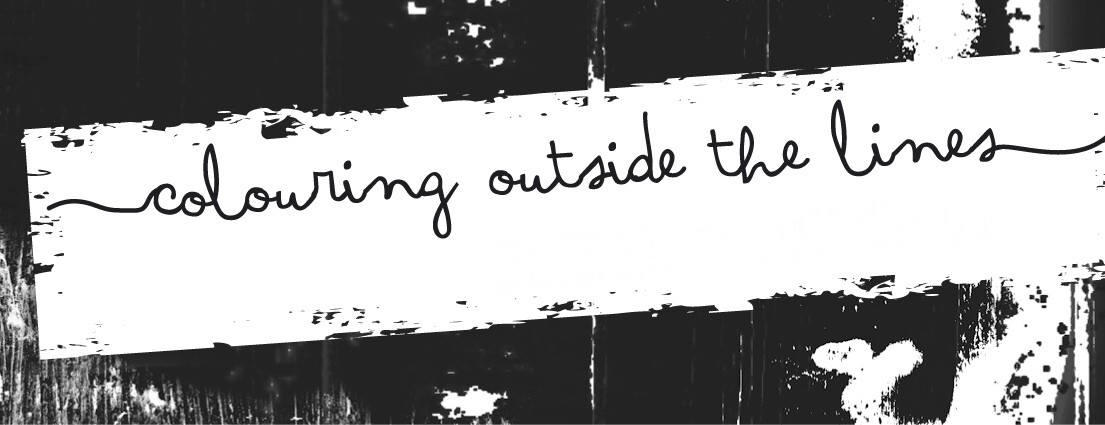





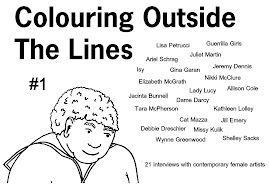
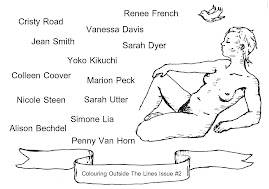

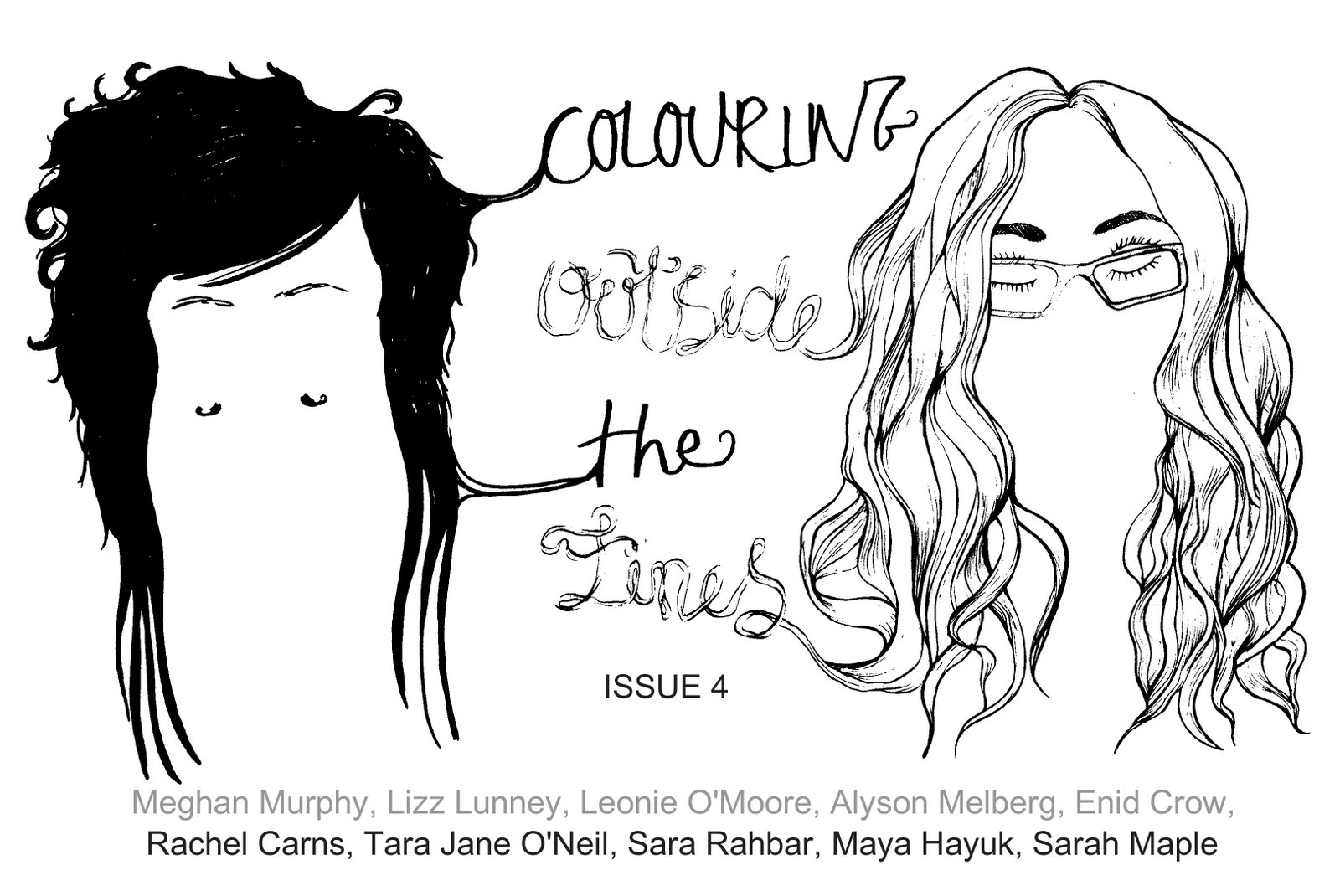

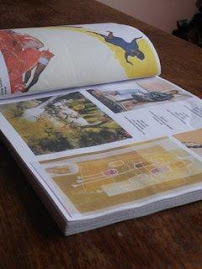



No comments:
Post a Comment